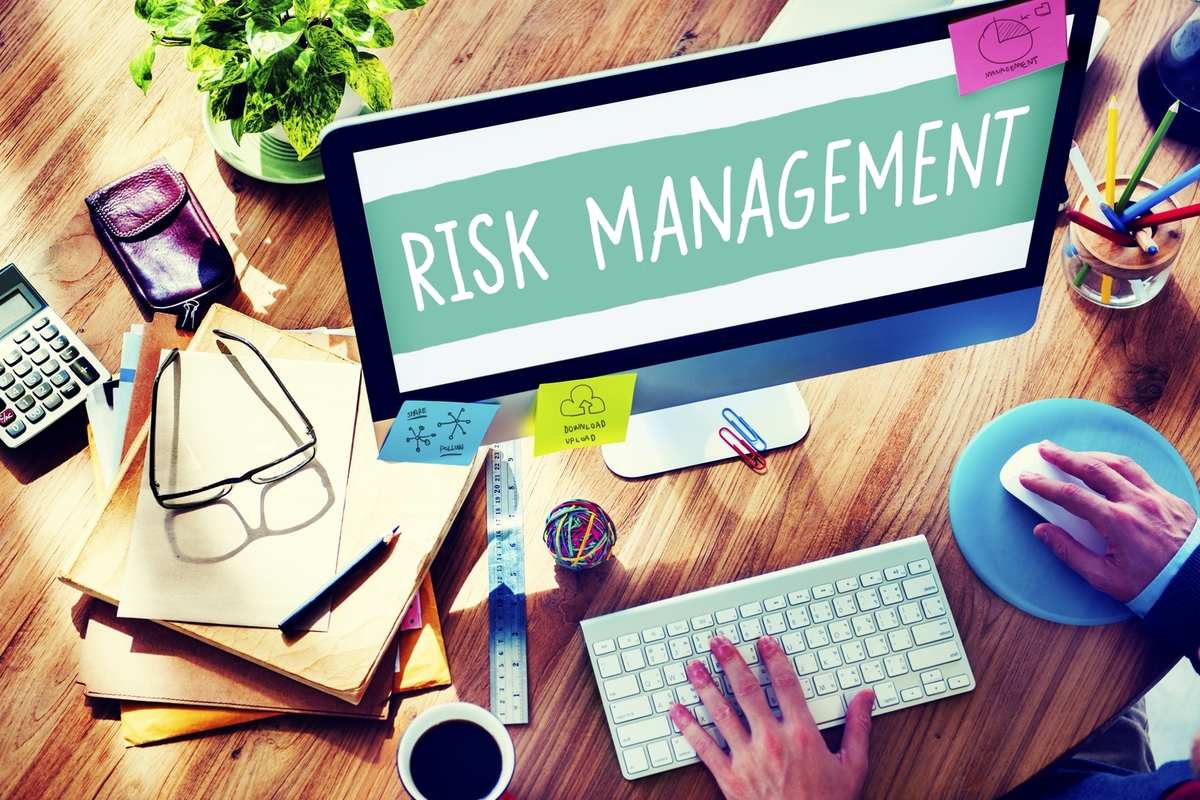Guide To Choose The Best Risk Management Tools In Mexico
Introduction
Effective risk management is vital for businesses to navigate uncertainties and ensure sustainability. In countries like Mexico, where economic, regulatory, and environmental challenges are diverse, selecting the right risk management tools is crucial. Whether you are a business owner, risk manager, or involved in corporate governance, choosing the best risk management tools can substantially impact your organization’s resilience and success. This guide aims to provide you with comprehensive insights into selecting the most suitable risk management tools for your business operations in Mexico.
Understanding the Landscape of Risk in Mexico
Before diving into specific tools, it’s essential to grasp the unique risk landscape in Mexico.

1. Economic Risk: Due to fluctuations in the peso exchange rate, inflation, and interest rate changes.
2. Regulatory Risk: Constantly evolving laws, especially concerning labor, taxation, and environmental regulations.
3. Environmental Risk: Natural disasters like earthquakes, hurricanes, and floods are prevalent.
4. Political Risk: Changes in government and policy can affect business operations.
5. Operational Risk: Includes supply chain disruptions, technological failures, and cybersecurity threats.
Key Features to Look for in Risk Management Tools
When evaluating risk management tools, consider the following critical features:
1. Comprehensive Risk Assessment:
– Tools should provide capabilities for identifying, assessing, and prioritizing risks.
– Look for functionalities that cater to both qualitative and quantitative risk assessments.
2. Regulatory Compliance:
– Ensure the tool helps in adhering to Mexican regulations, including local labor laws and environmental policies.
– It should offer automated compliance checks and updates.
3. Flexibility and Scalability:
– The tool should be adaptable to your business size and industry.
– Opt for solutions that can scale as your business grows.
4. Integration Capabilities:
– The ability to integrate with existing systems such as ERP, CRM, and financial software.
– It should support data inputs from various sources for a holistic view.
5. Reporting and Analytics:
– Advanced reporting features that provide clear insights and facilitate decision-making.
– It should offer real-time analytics and customizable dashboards.
6. User-Friendly Interface:
– An intuitive interface to ensure ease of use and quick adoption by team members.
– Comprehensive training and customer support are a plus.
Top Risk Management Tools for Businesses in Mexico
Here are some of the highly recommended risk management tools that cater to a wide array of business needs in Mexico:
1. SAP GRC (Governance, Risk, and Compliance):
– Strengths: Comprehensive suite covering risk management, audit, and compliance. Capable of handling large-scale data and complex regulatory requirements.
– Ideal For: Large enterprises with significant regulatory compliance needs.
2. RiskWatch:
– Strengths: Focuses on risk assessment, offers customizable templates, and provides real-time risk monitoring.
– Ideal For: Medium to large businesses focusing on detailed risk assessments.
3. LogicGate:
– Strengths: Highly customizable workflows, integration capabilities, and strong analytics.
– Ideal For: Businesses needing custom risk management solutions that align with their specific operations.
4. Resolver:
– Strengths: Enterprise risk management (ERM) platform that integrates risk intelligence and incident management.
– Ideal For: Organizations that require a combination of risk assessment and incident tracking.
5. MetricStream:
– Strengths: Extensive reporting capabilities, compliance management, and support for various risk types.
– Ideal For: Large corporations seeking extensive compliance features and sophisticated reporting.
Implementation Tips for Risk Management Tools
Choosing the right tool is only the beginning; effective implementation is crucial. Here are some tips:
1. Conduct a Business Needs Assessment:
– Identify the specific risks pertinent to your organization.
– Determine what functionalities are most critical to your operations.
2. Stakeholder Involvement:
– Engage key stakeholders from different departments for broader perspectives and buy-in.
– Ensure alignment on objectives and expectations from the tool.
3. Training and Support:
– Provide thorough training to users.
– Leverage vendor support for any customization or integration challenges.
4. Continuous Monitoring and Feedback:
– Regularly review the tool’s performance and gather feedback from users.
– Adjust and improve the implementation process as necessary.
Conclusion
Risk management is an ongoing process that requires careful planning and the right tools to mitigate potential threats effectively. In Mexico, where economic, regulatory, and environmental risks are pronounced, selecting the right risk management tools can make a significant difference. By focusing on comprehensive risk assessment, regulatory compliance, integration capabilities, and user-friendliness, businesses can enhance their resilience and ensure long-term success.
Ultimately, take the time to evaluate multiple tools, involve key stakeholders, and adopt best practices for implementation to maximize the benefits of your chosen risk management solutions.

